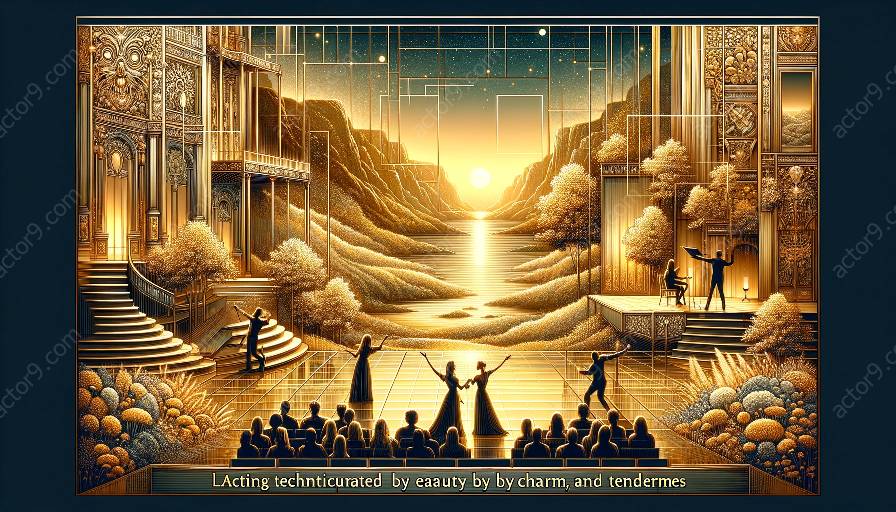Michael Chekhov's technique presents a unique and powerful approach to acting, emphasizing character transformation and morphology. This topic cluster explores the elements of character transformation and morphology within the context of Chekhov's technique, offering insights into their significance in acting practices.
Understanding Michael Chekhov's Technique
Michael Chekhov's technique, developed by the renowned Russian actor and director Michael Chekhov, offers a holistic approach to acting that focuses on the transformation of the actor's body, voice, and psyche. Its unique principles, rooted in psychological and physical methods, have significantly influenced the art of acting and continue to inspire actors and acting instructors worldwide.
Character Transformation in Chekhov's Technique
Character transformation in Chekhov's technique involves the actor's ability to organically embody and evoke the essence of a character. This process goes beyond surface-level acting and delves into the core of a character's being, enabling the actor to transcend their own identity and step into the rich tapestry of the character's persona.
Through imaginative and psychological exercises, Chekhov's technique guides actors to access the inner life of a character and transform their physical and emotional expression to authentically portray the character's traits, mannerisms, and emotions. This transformative approach enhances the depth and complexity of the actor's performance, creating a profound connection between the character and the audience.
Morphology and Physical Characterization
Morphology in the context of Chekhov's technique refers to the study of forms and structures, particularly in relation to the actor's physicality and movement. Understanding the morphology of a character involves exploring their physical attributes, body language, and spatial awareness to create a distinct and compelling physical manifestation of the character.
Through exercises that emphasize physical transformation and characterization, actors utilizing Chekhov's technique develop a deep understanding of the importance of morphology in shaping a character's presence on stage or screen. By incorporating specific physical characteristics and movements, actors can effectively convey the inner nature of the character to the audience, establishing a tangible and visceral connection.
Integration with Acting Techniques
Character transformation and morphology in Chekhov's technique intersect with various established acting techniques, enriching the actor's toolkit and expanding the artistic possibilities in performance. Whether integrated with Stanislavski's method, Meisner technique, or other acting approaches, Chekhov's emphasis on character transformation and morphology offers actors a comprehensive framework to elevate their craft.
By integrating these elements, actors can cultivate a profound sense of empathy and authenticity, enabling them to inhabit diverse characters with depth, nuance, and emotional truth. The synergy between character transformation, morphology, and other acting techniques empowers actors to transcend the boundaries of traditional performance, fostering a dynamic and immersive theatrical experience for both the performers and the audience.
Embracing the Art of Transformation
Embracing character transformation and morphology in Michael Chekhov's technique invites actors to embark on a journey of creative exploration and self-discovery. By honing their ability to embody diverse characters and master the morphology of physical expression, actors gain a deeper understanding of the human experience and cultivate a versatile and impactful approach to their craft.
As the evolving landscape of performing arts continues to embrace diversity and complexity, the principles of character transformation and morphology in Chekhov's technique remain pivotal in shaping the future of acting. By delving into these transformative concepts, actors unlock the potential to transcend artistic boundaries, connect with audiences on a profound level, and leave an indelible mark on the world of acting.













































